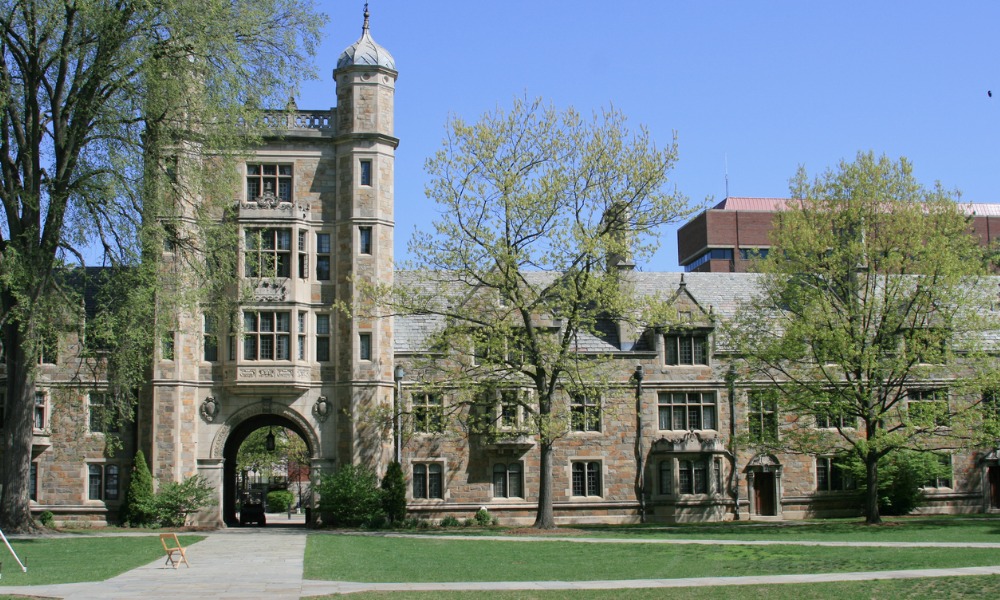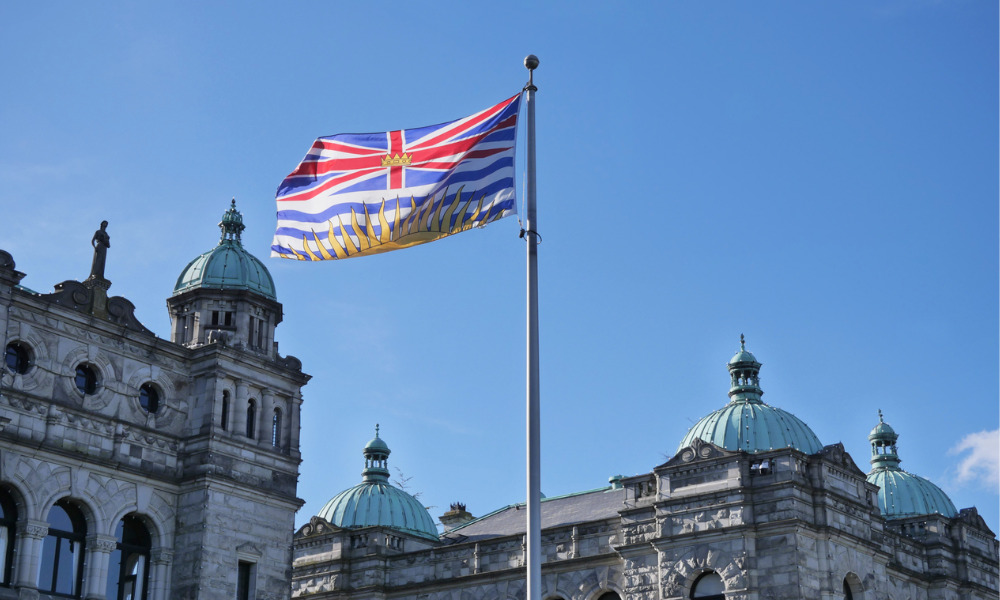California, Michigan, and Arizona have seen a notable reduction in law student diversity

A recent study conducted by law professors from Yale, New York, and Northwestern universities has highlighted a significant decrease in racial diversity among law students, particularly at top-ranked schools, in the aftermath of state-level affirmative action bans over the last 28 years.
The findings shed light on the potential consequences of the U.S. Supreme Court's June decision, which bars colleges and universities from considering race in admissions processes, Reuters reported.
Analyzing admissions data from 1980 to 2021, the researchers focused on the racial composition of law student bodies across the nation and specifically at 23 public law schools in the 12 states that have implemented affirmative action prohibitions since 1996. States such as California, Michigan, and Arizona have seen a notable reduction in law student diversity, with declines ranging from 10 percent to as much as 17 percent at the affected institutions. The study points out that Black and Hispanic students represent nearly the entirety of this downturn.
Most Read
The impact was most pronounced at elite law schools, which experienced diversity reductions between 36 percent and 47 percent. Included in the analysis were prestigious institutions like the University of California, Berkeley School of Law, the University of Michigan Law School. the University of California, Los Angeles School of Law, and the University of Texas School of Law.
While the national population of law students has become more diverse, mirroring the United States' evolving demographics, minority students remain underrepresented in comparison to the country's overall diversity, currently at 40 percent non-white according to the U.S. Census Bureau. The study emphasizes that minority law students have been "consistently underrepresented" in 80 percent to 90 percent of entering law school classes over the surveyed period. Specifically, Black and Hispanic students' representation lags behind their proportion of the population, whereas Asian students are noted as being overrepresented.
The long-term effects of the Supreme Court's affirmative action ban on law school enrollment remain to be seen, as institutions are still in the early stages of admitting students under the new regulations. Nonetheless, preliminary data from the Law School Admission Council for this year's applicant pool suggests an increase in diversity, with the number of Black applicants rising by more than 6 percent and Hispanic applicants by more than 8 precent compared to the previous year.







